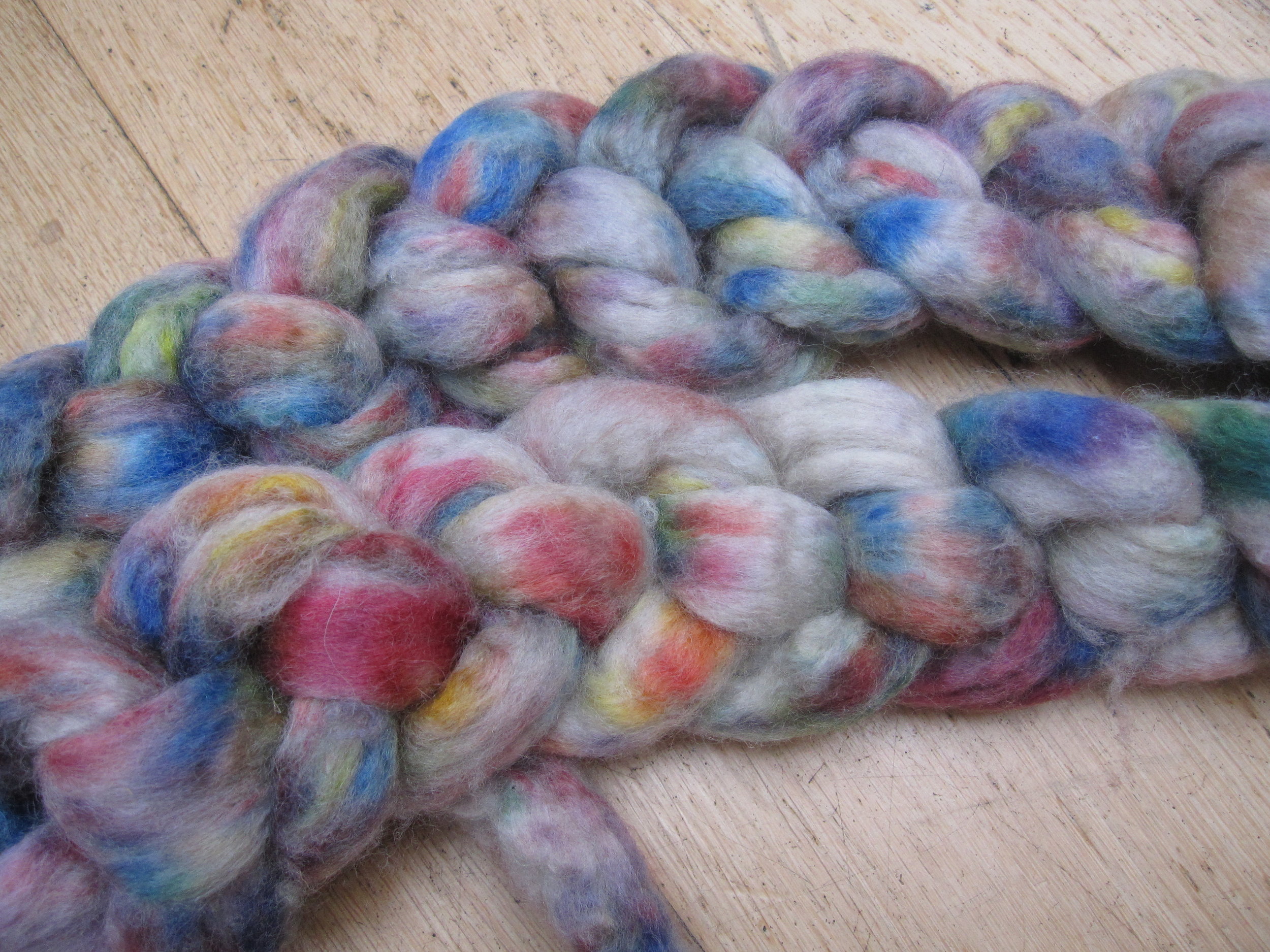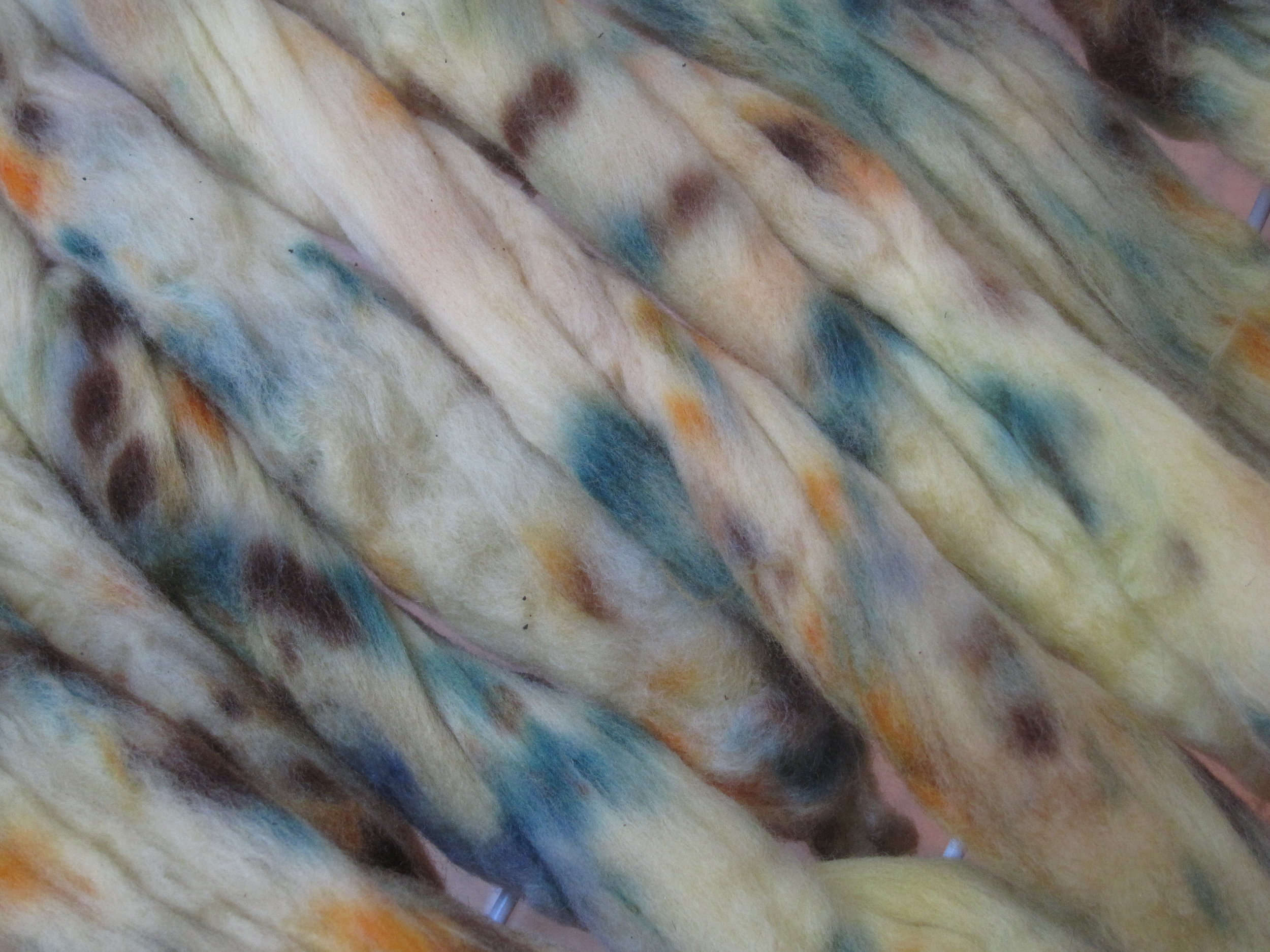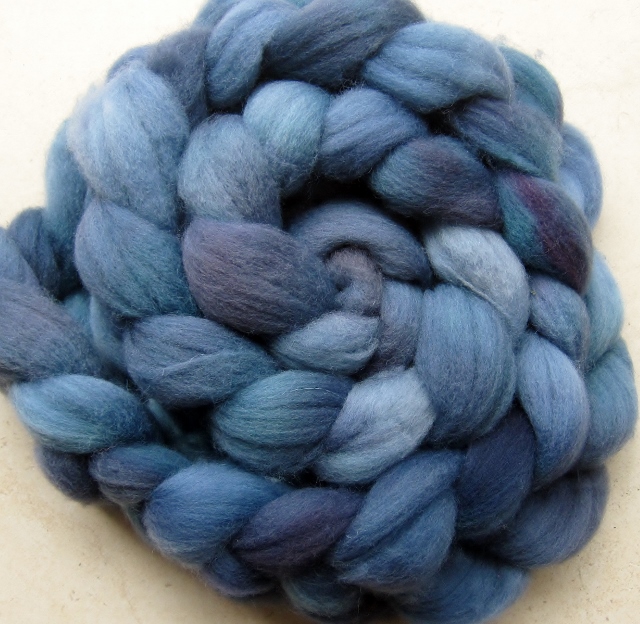All Change
Today is my 46th birthday, and so it seems like a good time to explain what has been and is going on with me and mine.
We originally came to the UK in 2009 for what was meant to be three years. It has been a fantastic outcome that those initial three years have turned into almost ten, and we've loved it! But over the past year it has become apparent that there are real forces pulling us back in the direction of the States. We are very lucky in that our parents are all still in good shape, but they are definitely slowing down so there is a motivation to be closer.
More importantly however, we have two children who - despite having lived in London for the vast majority of their lives - self-identify and are identified by their peers as American. But they don't actually know what that means.
A little less than a year ago my husband and I had one of those conversations where we suddenly realised that we had a huge opportunity to change things up in a major way. He had been at the same company for more than 15 years, and was ready for something different. I was a year into a new full-time career, and was realising exactly how portable it could be. Add in ageing parents and the girls, and we started floating the idea of taking a step back and looking for new opportunities, while exposing the kids to new experiences.
The end result of many months of conversations and soul-searching is that we are taking a gap year - somewhat belated as we both finished high school almost 30 years ago! We will be going on a whirlwind travel adventure that includes a couple of road trips across the US to really introduce the girls to their homeland, four months in Asia and Oceania, and the space to figure out what we want to do when we grow up. Normal everyday life is so busy and full of stuff that it has been impossible for us (like so many others) to carve out any spare energy to contemplate alternatives to the current status quo. We are extraordinarily lucky to be able to take this time out and figure out what comes next, and I am looking forward to seeing what new and exciting doors open up as a result!
So that's the Cliff Notes version of the story behind the Porpoise Fur hiatus. I fully expect to be back dyeing in the future, once we get ourselves settled and sorted out on the other end of this year. Without a clear idea of when that will be I don't want to put any firm timelines on the return! If you haven't already signed up to the newsletter, please do so here, and I will keep everyone posted when Porpoise Fur is back! And the 25% off sale is still on until 10 September, so please head over to the Shop to stock up.













